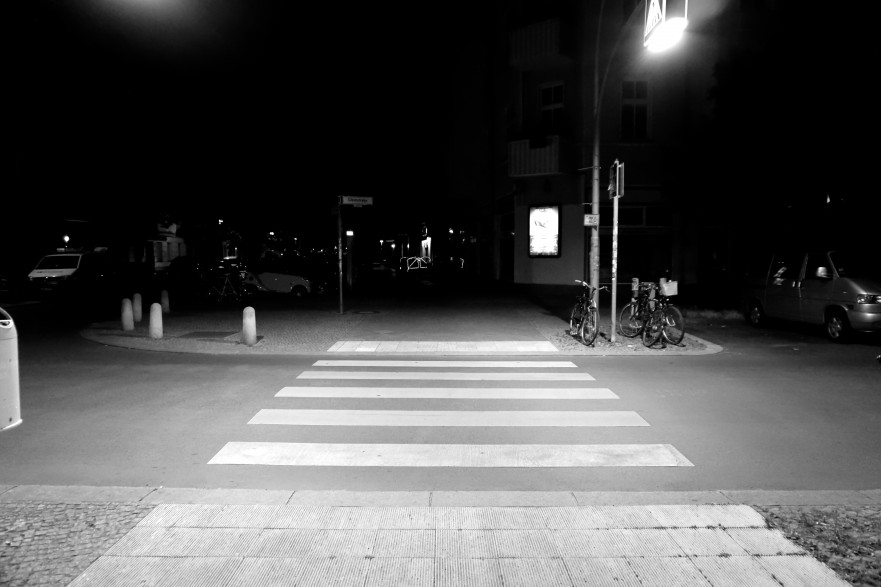As we climbed into the dusty school van, I wondered what the next sixty minutes held. My assistant principal jumped behind the wheel while my principal settled into the front seat as the new teachers, myself included, climbed into the rows behind. My principal explained, “It’s really important we see where our students live. What struggles they face on a daily basis.”
We spent the next hour traveling each street, avenue, and road our students inhabit. After three years of teaching in an upscale Southern Nevada high school, I was literally speechless (which as teachers we know is shocking and rare). The students I was about to host in my classroom for 55 minutes each day came from varying worlds and backgrounds, often different from each other and myself.
I learned many of my students live in poverty with boarded up windows and dirt front yards. They shop at small corner gas stations that double as grocery stores. While others live in expansive, historic homes with access to luxury cars and world-class travel. And many students live somewhere in between in average homes with working class families.
As teachers, we think we know our students. We read their journal entries, grade their math homework, and listen to their stories. And often times we do come to know and understand them. However, have we ever stopped for a moment and stepped into their shoes? Have we seen where they buy their dinner? Do they buy organic veggies from a local farmers market? Or do they shop at a big box discounter? What streets they walk to visit their friends and other family members? Are they safe and well lit or dark and littered with trash?
As a Gilbert native, I had little experience in urban environments. I didn’t know what it felt like to live on a bustling and busy street. I grew up in a small, neighborhood where we road our bikes to the local pizza shop on Saturday afternoons. The students I was about to start teaching couldn’t have come from more different backgrounds than mine. And yet, the one-hour car ride through my students’ neighborhoods allowed me to fully understand my students on a level I would never have reached without taking the time to see their homes and neighborhoods.
Empowered with the knowledge, experience and understanding of my students before they even walk through my door is priceless. Every decision I make centers around my students’ needs and lives. And I believe that is the goal of many educators. We strive to provide student-centered learning and their home lives are a significant part of who they are. This awareness must be taken into account as we plan our lessons. Therefore, I urge you to grab your keys, hop into your car, and drive through your students’ neighborhoods. I promise the time spent will positively change your classroom teaching and improve your students’ lives. Without seeing where our kids come from, we cannot truly understand who they are.










Comments 3
Your post makes me think of the words empathy, sympathy, and compassion. I’ve heard that empathy is what you feel for someone going through an experience you’ve had, so you know what the experience is like but might have different emotions or find different meanings to it. Sympathy is aligning feelings. What makes you afraid may be different than what makes me afraid, but we both know what fear feels like. Compassion is our feelings for someone who’s in a bad way, whether we have had the same experience or share the feelings. Dictionaries wouldn’t define the words that way, but I think those distinctions help teachers find their way into building connections with students. My kids went to a school where most the families made more than the teachers. I teach at a school where most the teachers make more than the families. It would be interesting for each faculty to take a bus tour of their children’s neighborhoods and try to reflect upon their own life style with that of their students – as presented by their neighborhoods – and how those reflections lead to empathy, sympathy, and compassion.
Hi Sandy!
Thank you so much for your comment. I recently had a conversation with my students about the differences between empathy and sympathy. It was really interesting to hear their examples and ideas. As you say, the dictionary does not do these powerful words justice. Therefore, we must model and teach students how to demonstrate each one. I think this is a part of our profession that is hard and yet rewarding when we see students show empathy, sympathy and compassion.
I would say you have a admin team that cares… That is something to be truly grateful for. I think more principals should take such action in getting to know their community. When I taught at Cesar Chavez back in the day, I took home some kids one night and it changed my entire perspective on my students. It also helped me to relate to their struggles in their environment. Nice piece. Thanks for sharing